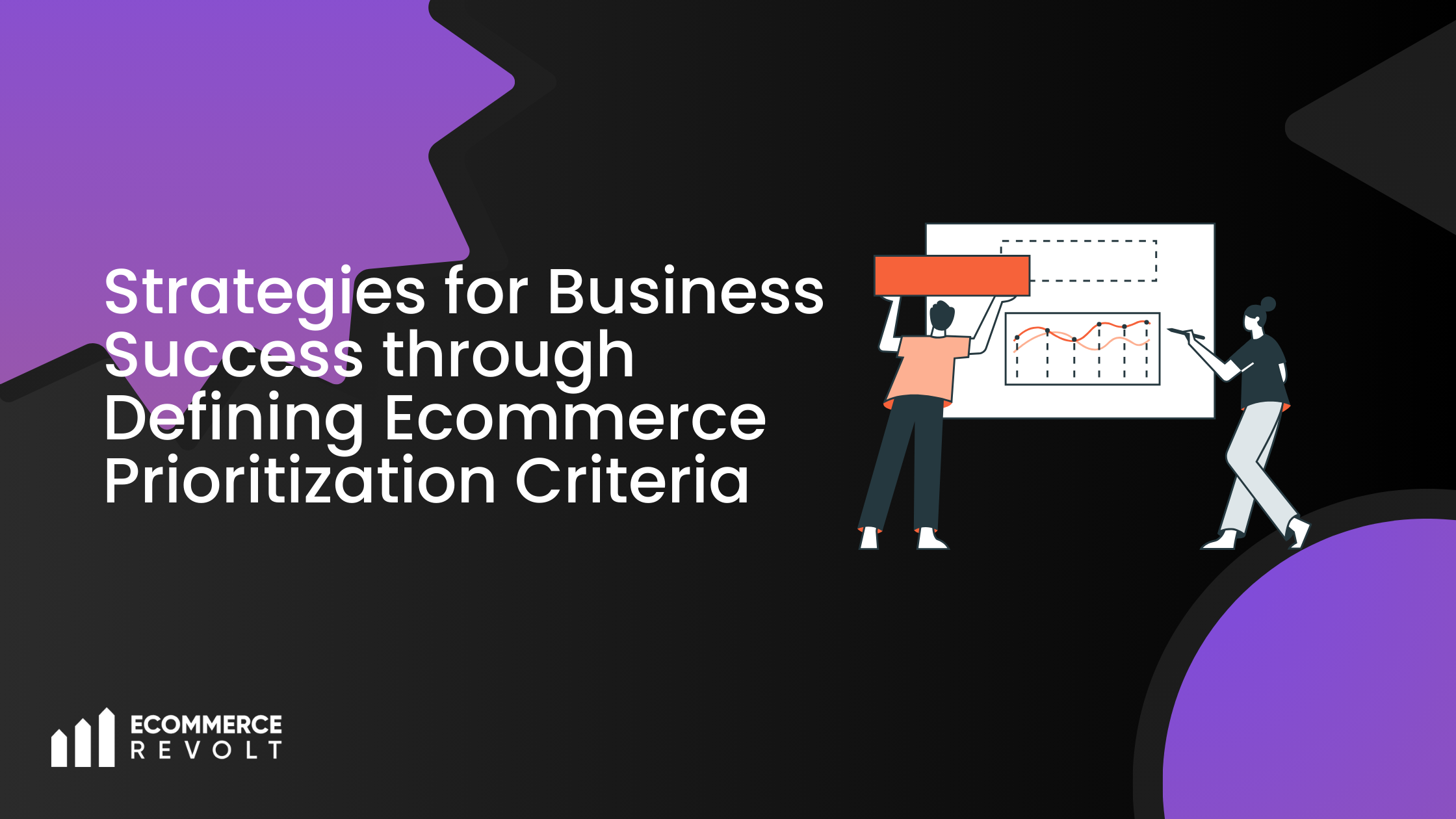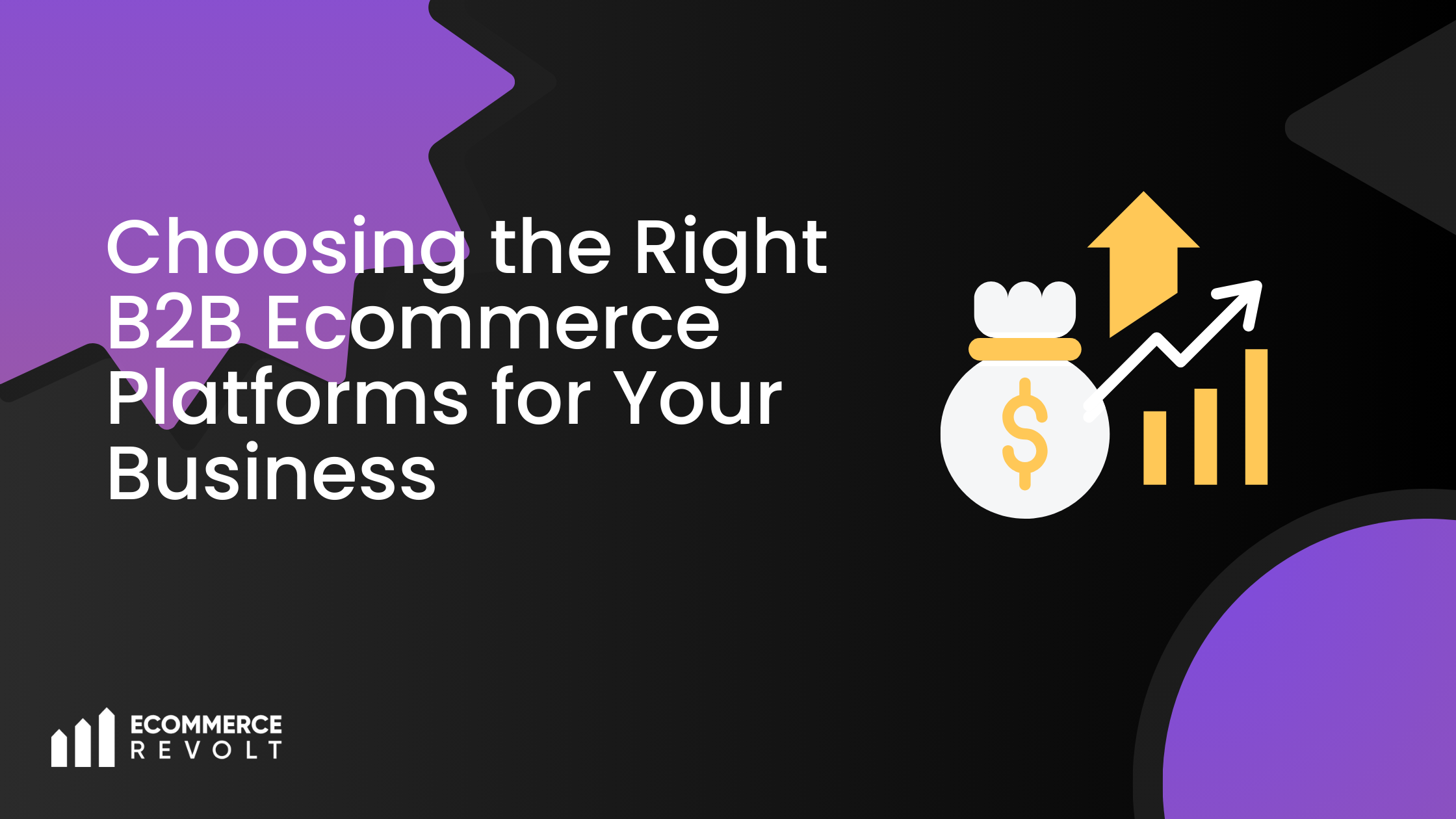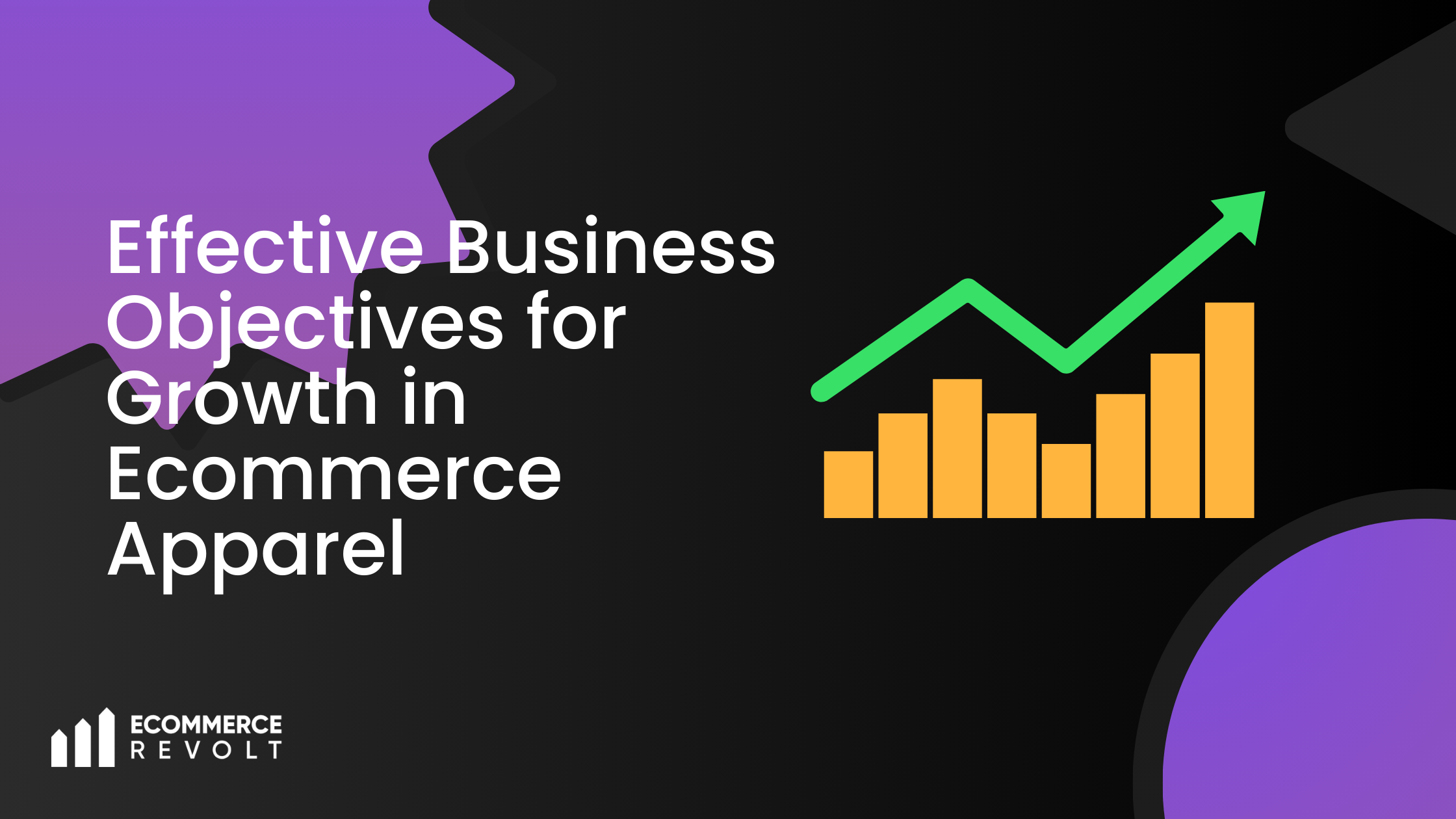The decision on when to launch a B2B e-commerce initiative is critical for the business. Key features to look for include:
- Scalability: A software solution that is scalable to accommodate increased traffic and transactions in the future.
- Customisation: Specific features such as selective values for price, selection of categories of offers in catalogues, and particular routines.
- Automation: Efficiency in order processing, billing, and customer support.
- Integration: Salesforce, SAP, QuickBooks compatibility and integration with other frequently used business software programs.
Software Options for B2B E-commerce
The platform that your business uses depends on the kind of software that it needs to run optimally. Here are some popular options:
- Magento: Highly customisable and diverse, the solution suits large enterprises with diverse requirements.
- Shopify Plus: Easy to use for the users but only suitable for SMEs due to the fast deployment and the ability to easily expand.
- BigCommerce: A trustworthy and flexible instrument with impressive and easily extensible APIs.
- SAP Commerce Cloud: A complete tool possessing enhanced features and compatibility for bigger organisations to handle.
E-commerce for B2B: Strategies for Success
Implement these strategies for B2B to optimise your platform:
- Personalisation: Use AI to bring up custom catalogues, recommendations, and prices which would change depending on the customer.
- Mobile Optimisation: Check that your platform is not only fully responsive but adjusts seamlessly to a mobile setting.
- Content Marketing: Build credibility by producing white papers, case analyses, and topic guides relevant to your industry.
- Simplified Onboarding: The site must welcome new clients and provide information to which they can easily get to and place their orders.
- Advanced Search: Courtesy AI enhanced search capabilities, and refined the search options to enhance product visibility.
B2B E-commerce Trends
Since competition is the key factor in the grocery industry, it is essential to have trend updates. Here are some key developments:
- AI-Powered Insights: Machine learning tools can identify buyer behaviour and make the best decisions regarding the actions.
- Self-Service Portals: The study also indicates that modern B2B buyers are starting to self-serve their orders, tracking shipments, and paying invoices without connecting with the seller.
- Sustainability: Around the world, most organisations have made it mandatory to observe environmentally friendly practices and materials.
- Subscription Models: There is a trend for regular delivery of consumable products.
- Voice Commerce: Speech commands and speech queries are revolutionising the manner by which companies engage e-commerce platforms.
B2B E-commerce Best Practices
Follow these best practices to ensure your B2B platform thrives:
- User Experience (UX): Make the template of nature convenient and easy to navigate with a clear mechanism for purchasing ice creams.
- Data Security: Ensure customer privacy through secure encryption and achieving standards provided by PII and GDPR.
- Analytics and Insights: Engage customers to gain increased insight on their needs which can improve marketing techniques, products, and satisfaction.
- Flexible Payment Options: Their credit lines and other options include ACH transfers and digital wallet solutions.
- Strong Customer Support: Ensure that we are available round the clock through live chat, chatbots, and a comprehensive questions and answers section to improve the satisfaction of our clients.
Conclusion
B2B e-commerce is not static; it is dynamic, and businesses have to develop ways of satisfying demanding client needs. Hence, the right strategies, exploiting new trends, endorsing the right solutions, and promoting the right strategies enhance the company’s platform, improve customers’ experiences, and achieve long-term gains, among other things.
If your organisation aims to create a new platform from scratch or enhance the existing one, concentrating on approaches that call for personalising the user experience, platform efficiency, and advanced technologies will help define your business’s competitive advantages. B2B buying and selling have undergone a radical change due to the emergence of digital technologies. It is about time organisations fully exploited this means of selling by implementing innovation strategies that would enhance customer-oriented selling.








